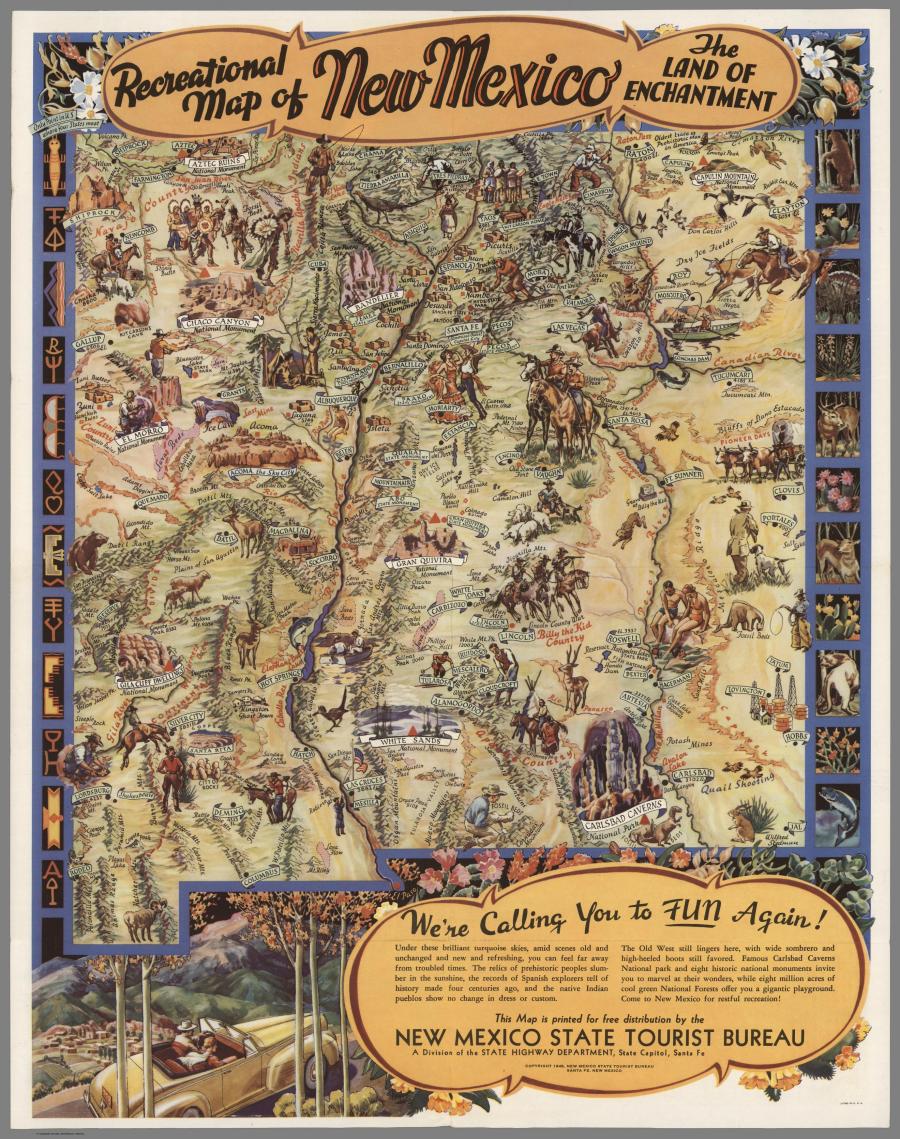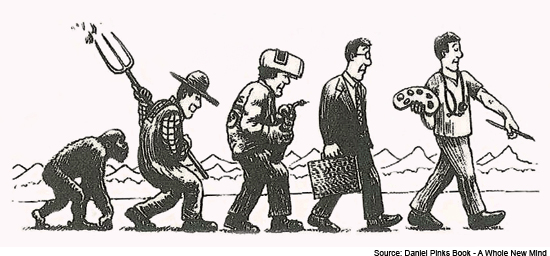
Brody narrates, "people looking down to text, tweet, read or play games on their smartphones crash into us, typically as we walk in a straight line and they don’t." The concrete imagery allows the reader to visualize a scene, which has a humorously relatable ending. It is amusing and also plainly calls out those guilty of distracted walking, setting up the very blunt but friendly tone used throughout the article. Her use of humor also transitions into one of her main ideas - many people thought of "distracted walking [as] 'embarrassing — in a funny way,' which suggests they don’t really think it’s all that serious."
She admits the idea is amusing at times, but argues that it is still a serious concern, supporting this position with appropriate facts and statistics. She describes data that shows an increase in hospitalization for distracted-walking-related incidents and references various surveys on the topic. This appeal to logos allows her to reach out to all the people who do not think it is a serious problem. She shows that she is not speaking out simply from frustration or irrational worry, but through logic. Also, she concludes the article with a list of suggestions on how to personally avoid issues related to distracted walking, which provides readers with a concrete take-away and makes them less likely to just brush off the article as many might do otherwise.
Brody addresses this issue appropriately, keeping a lighthearted tone (and avoiding criticism that she is overreacting), but also substantiating her ideas with statistics to show that there is some weight to the situation. It is ultimately a well-written article and very relevant. As for myself, I am clumsy enough without "distracted walking," so this is definitely something to take into consideration.

